‘Just Pictures’ Championed Genre-Bending Black Photographers
Just Pictures was definitely more than Just Pictures. All of the photographers were artists of color, and most of the subjects were Black.
Note: Just Pictures recently ended its showing in November at projects+gallery in St. Louis, MO. This was a landmark show curated by the talented Antwaun Sagent and we think the work of these young Black photographers needs a second look by institutions and collectors.
Does “Just” stand for “justice?” questions Chadd Scott in Forbes. “Is Sargent providing justice for artists and models long overlooked by using the power of his celebrity to offer them a platform they’ve previously been denied?”
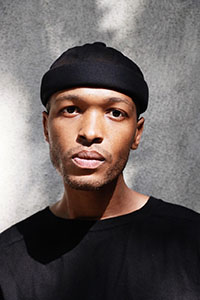
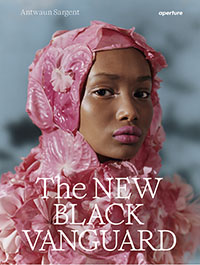
Just Pictures was curated by art critic Antwaun Sargent, who worked for a year on this project. He is the author of the earlier The New Black Vanguard: Photography Between Art and Fashion, published by Aperture Foundation in 2019. Here he broke down boundaries that have persisted for long by showcasing the work of fifteen artists who meld the art and fashion genres with glowing portraits and conceptual images. It showed what it means to be a contemporary young Black photographer, creating work and thinking about Blackness. Just Pictures was a follow up to The New Black Vanguard.
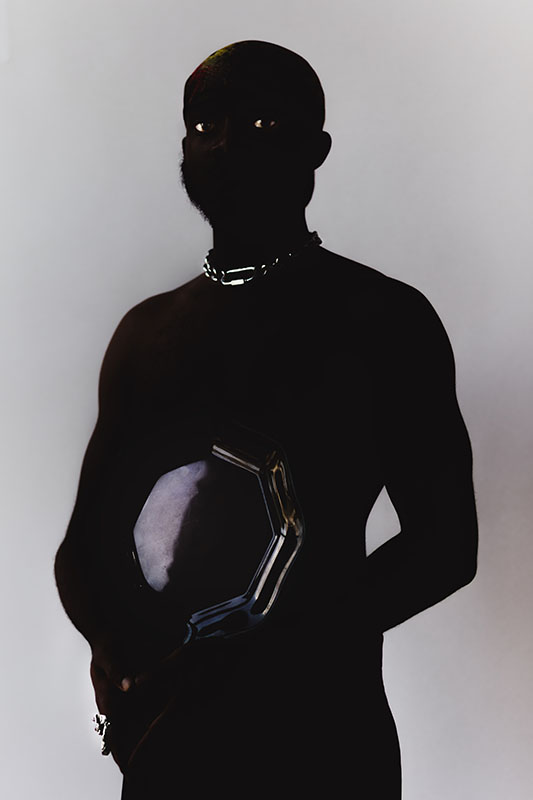
Featured artists included were Arielle Bobb-Willis, Yagazie Emezi, Joshua Kissi, Mous Lamrabat, Renell Medrano, Ruth Ossai, Justin Solomon, and Joshua Woods. Young image creators, especially from the African community, are rethinking photography. The artists represented here were not just from the US but came from different places, including the African continent.
Black photographers have had their work published in magazines, but this was an effort to show it as art worthy in the white cube’s confines of gallery walls. This collection of eight photographers “is a reflection of the spirit in which these images are shot,” explains Chicago-bred Sargent to CNN. “These image-makers are not saying they are shooting fashion images or art images; they’re just shooting the images that they want to see in the world. For me, Just Pictures captures the infinite possibility of these images.”

Sargent, who attended the School of Foreign Service and studied politics at Georgetown and was Hillary Clinton’s intern, is a leading voice in the arts, especially in photography. The publication of his first book, The New Black Vanguard, shot him into the art world’s limelight as a critic and writer. And since he has only recently crossed thirty, there will be a lot more coming from him.
Joshua Kissi is a Ghanian American from New York, Ruth Ossai’s family is from Nigeria, Mous Lamrabat’s family is from Africa, and Renell Medrano’s roots reach out to the Dominican Republic. All these artists bring their backgrounds, perspectives, and geographies to their art.

“Every month, we get a new cover or new image from a young Black photographer that really sets the cultural conversation,” says Sargent to CNN. “Take Viola Davis on the cover of Vanity Fair (photographed by Dario Calmese) the other month. It sparked a debate about the representation of darker-skinned women on the cover of fashion magazines.”
One of the earliest color reference cards in the still photo industry featured a woman named Shirley. After that card became an industry standard, many color reference cards began to be known as “Shirley cards.” Joshua Kissi’s focus on how to properly light Black skin goes back to the history of that same Kodak card. Justin Solomon experiments in shooting silhouettes of Black men in rapid succession. If you are looking for a cinematic experience in photography, it would be in Nigerian artist and self-taught photojournalist Yagazie Emezi.
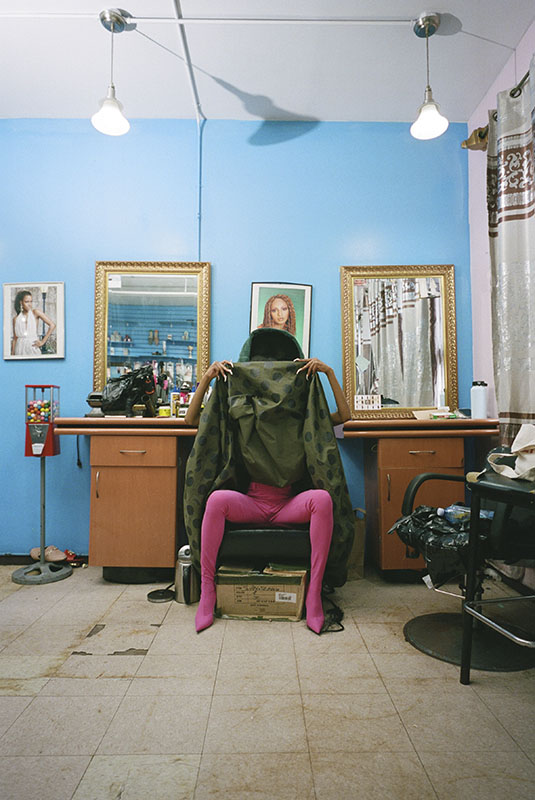
It was only in August that the famous Whitney Museum of American Art in Manhattan was being accused of “predatory” and “exploitative” behavior after it purchased artwork by Black photographers indirectly (and at a steep discount) through a fundraiser to exhibit the photos without the artists’ permission. Sargent called out against this scheme of a major museum to get artwork cheaply and cautioned artists as to “this is why you shouldn’t be out here selling your images for $100 because a major museum will “acquire” your art through and stage an exhibition.”
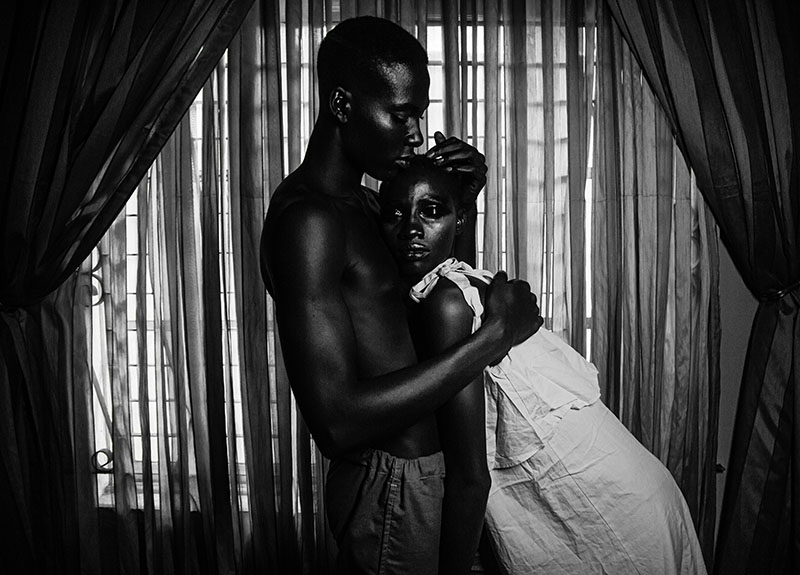
“Personally, I see the future of photography as told through emerging Black artists. We have featured creative practitioners who push normative envelopes and disrupt conventional confines,” says Susan Barrett, Founder and President of Barrett Barrera Projects, of which projects+gallery is a part. “A main component of the Barrett Barrera Projects mission is to bring innovative and enriching experiences to the St. Louis community, a very progressive city and especially for young artists and young artists of color.”
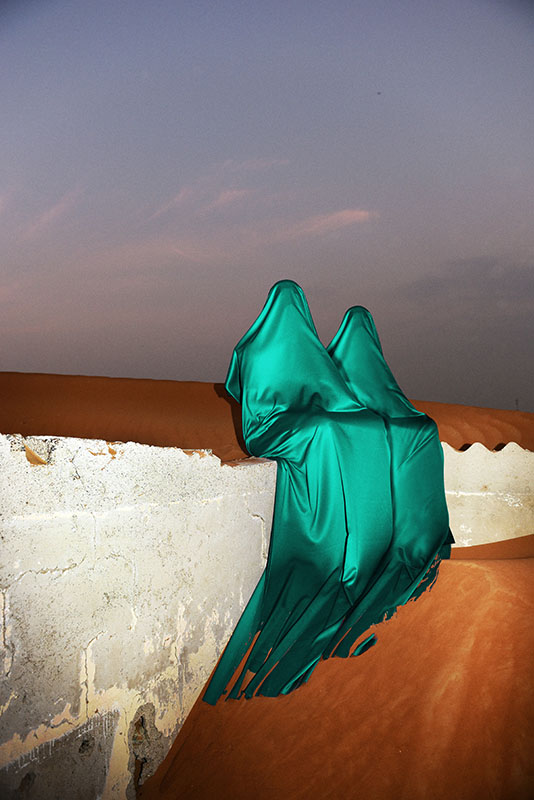
Sir Sargent (as he goes on Instagram) feels that young artists should know the market, but institutions and collectors should be held accountable for providing a fair and equitable deal, which the Whitney earlier tried to circumvent.
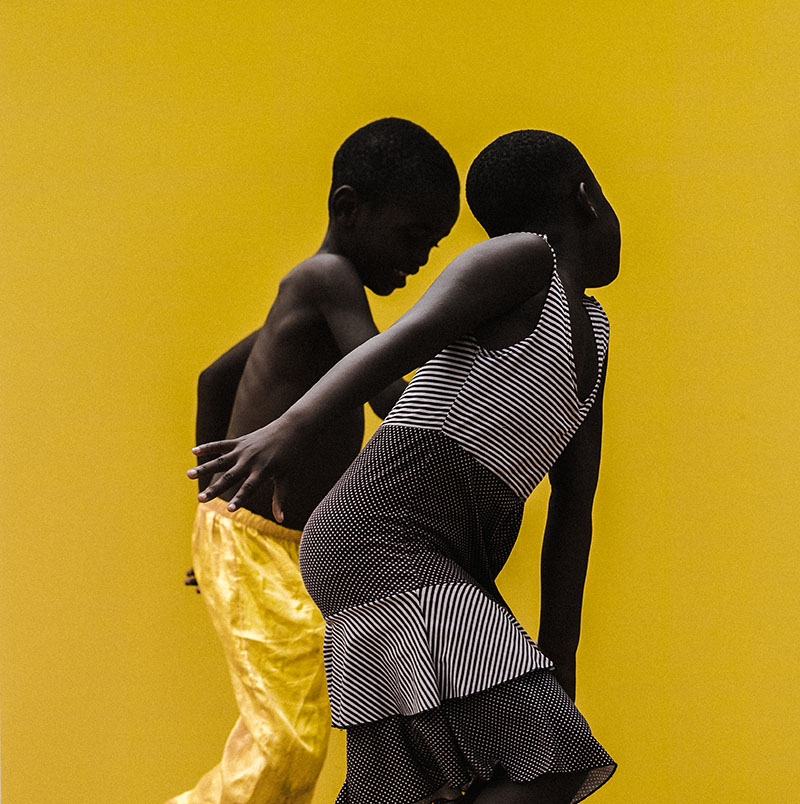
“We can’t confuse visibility with actual institutional and financial support,” says Sargent. “… there is a lot of visibility — a lot of artists showing their work on magazine covers. But I still have yet to see a real institutional and gallery push that ensures that these artists are financially supported and are entering the canon of art through collections.”
We will give the curator Antwaun Sargent, who is interested in linking the work of the current generation of photographers with the artists who preceded them, the last word. “For this generation of emerging image-makers, the photographer’s eye is illimitable: a picture is just a picture.”
About the author: Phil Mistry is a photographer and teacher based in Atlanta, GA. He started one of the first digital camera classes in New York City at The International Center of Photography in the 90s. He was the director and teacher for Sony/Popular Photography magazine’s Digital Days Workshops. You can reach him via email here.
Image credits: Header photo by Ruth Ossai, My Heart Is Clean, Lagos, Nigeria, 2018. All photos courtesy Just Pictures, projects+gallery, St. Louis, MO 63108